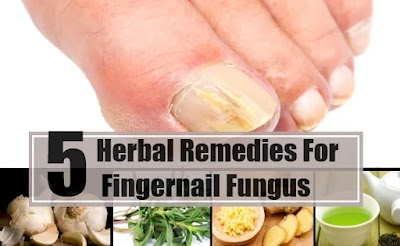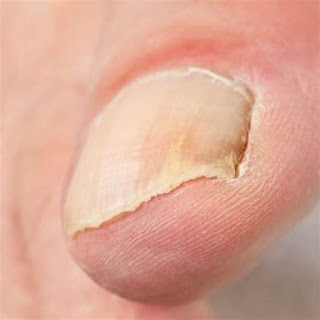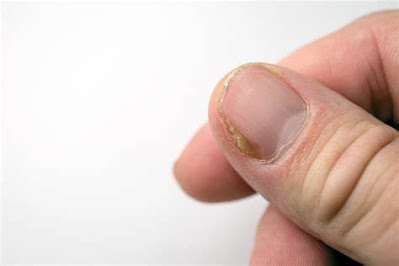While there are various medical treatments available to cure nail fungus, some natural remedies can also help in treating this condition. In this article, we'll explore the top 5 foods that can help fight nail fungus naturally.
1. Garlic
Garlic is a potent anti-fungal food that has been used for centuries to treat various fungal infections. Garlic contains a compound called allicin, which has been shown to have antifungal properties. Eating raw garlic or taking garlic supplements can help fight nail fungus and prevent it from spreading.
2. Yogurt
Yogurt contains probiotics, which are beneficial bacteria that help maintain a healthy balance of microorganisms in the body. Consuming probiotics can help boost the immune system and prevent the growth of harmful fungi. Eating yogurt regularly can also help fight nail fungus and other fungal infections.
3. Turmeric
Turmeric is a spice that is commonly used in Indian cuisine and has been used for its medicinal properties for centuries. Turmeric contains a compound called curcumin, which has been shown to have antifungal properties. Adding turmeric to your diet can help fight nail fungus and other fungal infections.
4. Green Tea
Green tea is a rich source of antioxidants and contains compounds called catechins, which have been shown to have antifungal properties. Drinking green tea regularly can help boost the immune system and prevent the growth of harmful fungi. Applying green tea topically to the affected nails can also help fight nail fungus.
5. Coconut Oil
Coconut oil is a natural anti-fungal food that has been used for centuries to treat various fungal infections. Coconut oil contains lauric acid, which has been shown to have antifungal properties. Applying coconut oil topically to the affected nails can help fight nail fungus and prevent it from spreading.
Conclusion
Incorporating these five foods into your diet can help fight nail fungus naturally. However, it's important to note that these natural remedies may not work for everyone, and it's always best to seek medical treatment if you suspect that you have nail fungus. By maintaining good hygiene habits and eating a healthy diet, you can help prevent nail fungus from developing in the first place.






